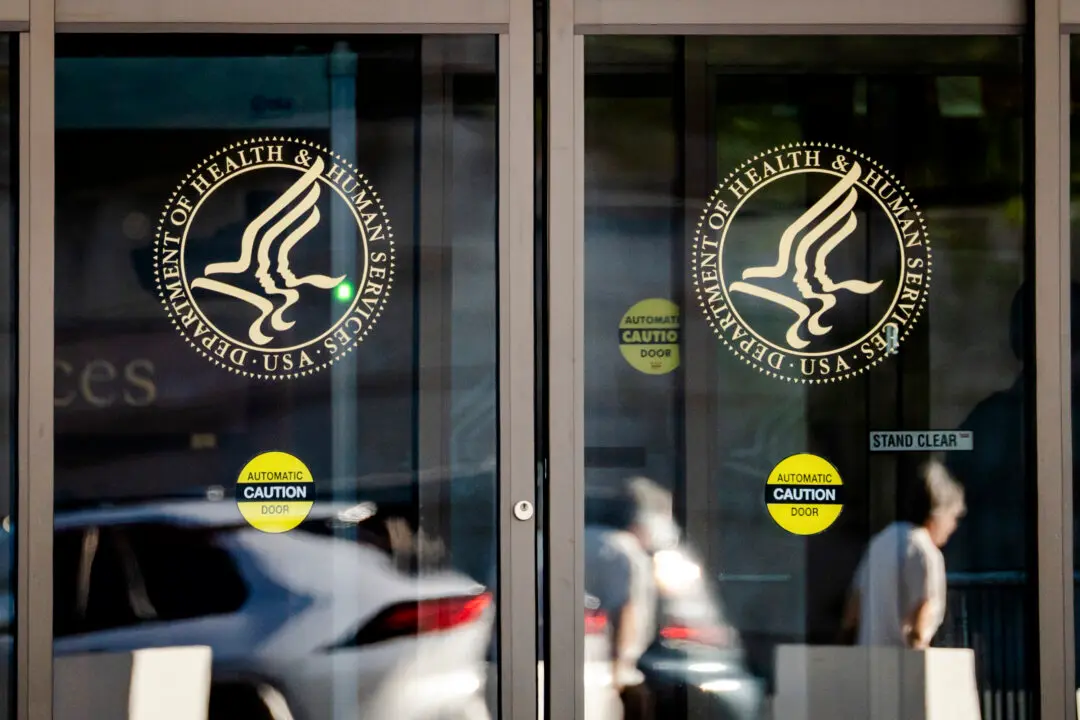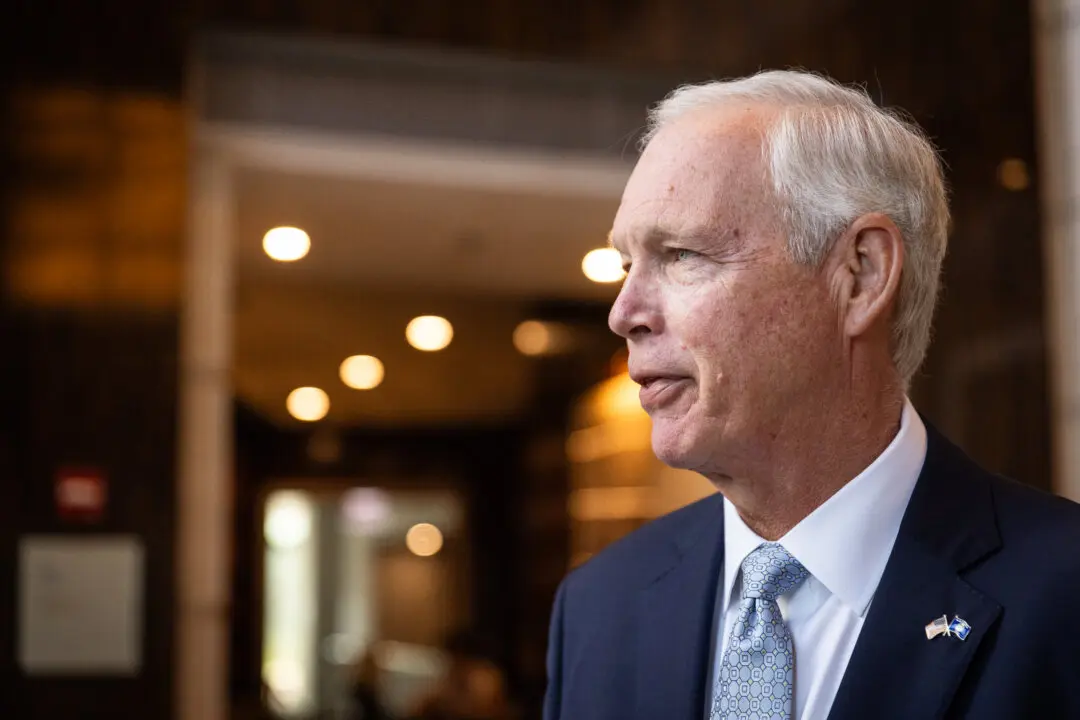One reason for not recommending officials require COVID-19 testing at the end of the revised shortened isolation period is because polymerase chain reaction (PCR) tests can stay positive for up to three months after one contracts the illness, according to the top Centers for Disease Control and Prevention (CDC) official.
The CDC cut its recommendations this week in half for people who contract COVID-19, the disease caused by the CCP (Chinese Communist Party) virus. The agency also removed a testing recommendation for leaving isolation.






